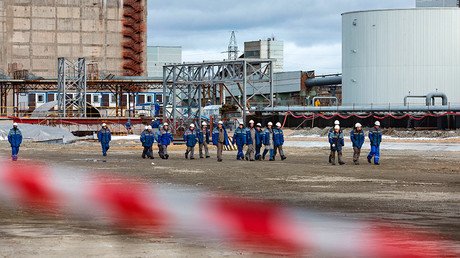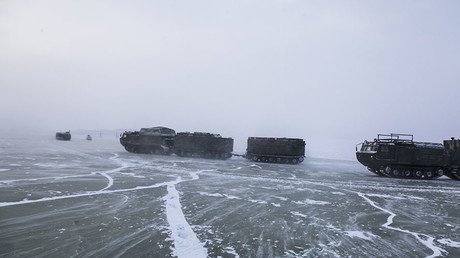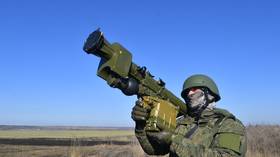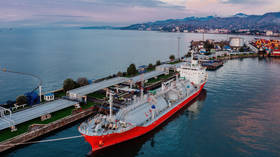Russia begins removal of nuclear waste from Cold War-era submarine base
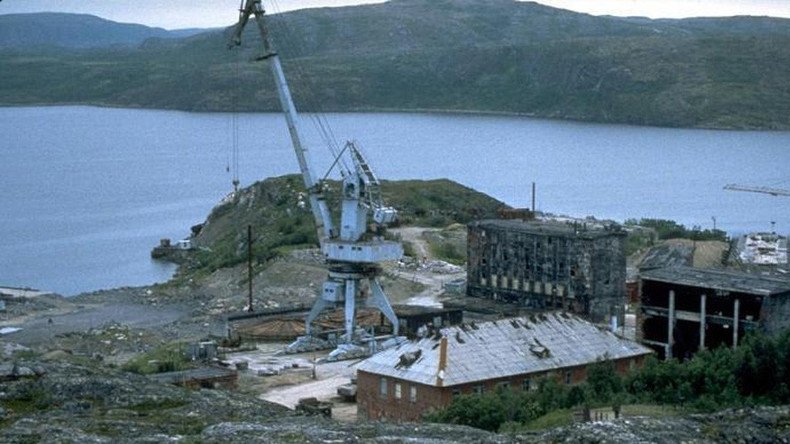
Russian state atomic energy corporation Rosatom has begun to remove spent nuclear fuel from the old Andreyeva Bay submarine base for reprocessing as part of an international effort to clean up nuclear waste from the site.
Three hundred and fifty fuel assemblies, each containing 15-20kg of spent nuclear fuel, were shipped on board a specially-equipped vessel to the Russian port city of Murmansk in the far north on Tuesday, from where they are due to be taken by train to the Mayak nuclear reprocessing plant in Chelyabinsk, near the Ural Mountains.
"Today is a great day, which completes two decades’ worth of work in preparation for the removal of fuel from the storage facility in Andreyeva Bay," said Rosatom CEO Aleksey Likhachev, as quoted by TASS.
For the last 35 years, the old submarine base at Andreyeva Bay has held some 22,000 nuclear fuel assemblies, enough for over 100 reactors’ worth of fuel, from over 50 nuclear submarines, in three storage containers. According to Anatoly Grigoriev, Rosatom’s leading specialist in the coordination and implementation of international programs, removing them will take around 10 years.
“I think it will be enough for us to empty [the first] two storage sites within five years,” Grigoriev told Interfax.
“For the third storage site we will need another five years, because there’s a very serious situation with radiation and the fuel is in poor condition, so decisions will have to be made on the spot, so to speak.”
The operation to remove the waste is an international effort between Russia, Canada, Denmark, Finland, France, Germany, Norway and the UK, which have contributed millions of dollars towards safely removing Andreyeva Bay’s spend nuclear fuel. The project is also being backed by the European Bank for Reconstruction and Development (EBRD), which has deemed it a serious environmental hazard.
"It is particularly pleasing to see that nations put aside their differences to resolve such crucial issues as the legacy of the nuclear-powered fleet in the north of Russia," Pierre Heilbronn, EBRD vice president for policy and partnerships, said in a statement quoted by Reuters.
Andreyeva Bay was initially the site of a submarine base in the early 1960s, and was used to store fuel and equipment for the Northern Fleet’s nuclear submarines. In 1982 one of the storage tanks was damaged and started leaking radioactive water into the Barents Sea, and a new emergency facility had to be set up. But by the early 1990s, all operations there were terminated and the naval base was closed. Since the late 1990s Russia has been co-operating with Norway, and later Sweden, Italy and the UK, to clean up the site and eliminate the leaks as a source of pollution.
